Pizza isn’t just a comfort food in America—it’s a billion-dollar obsession shaping dinner tables from coast to coast. Ever wonder which pizza chains Americans truly can’t live without? We dug into the latest sales numbers, cutting through the hype to see who’s really dominating your cravings and your wallet. From the budget-friendly giants you grab on a Friday night to the up-and-coming contenders winning hearts with every slice, these are the pizza players that turned dough into gold last year. Get ready to discover which brands are rising, which are sliding, and who’s taking the biggest bite of America’s appetite.
10. Round Table Pizza’s West Coast Legacy
Founded in California in 1959, Round Table Pizza generated $409 million from 402 locations, though facing a 4.8% sales decline. Their slogan “The Last Honest Pizza” reflects their commitment to quality toppings and made-from-scratch dough.
Round Table’s medieval-themed restaurants once dominated the West Coast pizza scene. While many dine-in locations have closed, their premium positioning continues attracting customers willing to pay more for better ingredients.
Their King Arthur Supreme and Montague’s All Meat Marvel have achieved legendary status among pizza enthusiasts. Round Table’s thicker crust and generous toppings create a more substantial pizza experience compared to thinner-crust competitors, though recent challenges suggest they may need to adapt to changing consumer preferences.
9. Jet’s Pizza’s Detroit-Style Distinction
Detroit-style pizza is having a moment, and Jet’s is riding that wave with $412 million in sales from 438 locations and impressive 6.6% growth. Their rectangular pizzas with caramelized cheese edges and sauce on top of toppings offer something different from round pizza competitors.
Founded in 1978 in Sterling Heights, Michigan, Jet’s has expanded methodically across the Midwest and beyond. Their 8-corner pizza – essentially two squares of four-corner pieces – has become their signature offering, perfect for families who argue over corner pieces.
Beyond Detroit-style, Jet’s offers hand-tossed round, thin crust, and NY-style pizzas. Their Jet’s Bread with pizza toppings and their unique Turbo Crust option (garlic and romano cheese) create additional distinguishing factors in a competitive market.
8. Hungry Howie’s Flavored Crust Advantage
Michigan-born Hungry Howie’s earned $468 million from 517 locations, despite experiencing a 2.3% sales decline. What makes them stand out in a crowded pizza market? Their signature flavored crusts – from Cajun to sesame to butter cheese.
Founded in 1973, Hungry Howie’s has maintained a loyal regional following, particularly in the Midwest and Southeast. Their focus on value deals and frequent promotions helps them compete against larger chains with bigger marketing budgets.
The company has expanded their menu beyond pizza to include oven-baked subs, salads, and their popular Howie Bread. Despite facing challenges from delivery apps and larger competitors, Hungry Howie’s distinctive crust offerings continue giving them a unique selling point.
7. MOD Pizza Perfects Fast-Casual Customization
MOD revolutionized pizza with their build-your-own concept, generating $699 million from 553 locations with healthy 5.7% growth. Their name – short for “Made On Demand” – perfectly captures their business model.
For a single price, customers can add unlimited toppings to their personal-sized pizzas, which are then cooked in just minutes. This approach eliminates the traditional “topping anxiety” where each additional item increases the price.
Beyond their innovative menu, MOD has built a reputation for social responsibility. The company prioritizes hiring people with barriers to employment, including those with disabilities or criminal records. This purpose-driven approach resonates with younger consumers who care about corporate values.
6. Papa Murphy’s Take-and-Bake Innovation
The largest take-and-bake pizza chain in America, Papa Murphy’s generated $759 million across 1,127 locations with modest 0.7% growth. Their unique business model eliminates delivery and cooking equipment, reducing overhead costs.
Customers appreciate the freshness factor – pizzas are assembled in-store using dough made daily, then taken home and baked. This approach creates that fresh-from-the-oven experience that delivery can’t match, while giving families control over exactly when their meal is ready.
Their XLNY (extra large New York) and stuffed pizzas have developed cult followings. Papa Murphy’s also benefits from SNAP eligibility in many states since they sell uncooked food, making them accessible to more customers.
5. Marco’s Pizza Achieves Billion-Dollar Status
Founded by an Italian immigrant committed to authentic recipes, Marco’s Pizza has grown explosively to reach $1.04 billion in sales from 1,144 locations. Their impressive 7.6% growth rate tops the major chains on this list.
Marco’s stands out with their three-cheese blend, fresh dough made daily, and sauce prepared from imported tomatoes. This commitment to quality ingredients has helped them expand from regional favorite to national contender.
Their franchise-focused growth model has fueled rapid expansion across the country. Marco’s has found success by positioning themselves between budget chains and artisanal pizzerias – offering better quality than the former but more convenience and affordability than the latter.
4. Papa Johns Rebrands for Future Growth
Recently dropping the apostrophe from its name, Papa Johns generated $3.8 billion in sales from 3,220 U.S. locations. Their 3.2% growth reflects successful menu innovations and marketing adjustments.
The brand has worked to distance itself from controversy while doubling down on what customers love – quality ingredients and that signature garlic dipping sauce. Their “Better Ingredients, Better Pizza” slogan isn’t just marketing; it represents their commitment to premium toppings.
Papa Johns pioneered online ordering in the pizza industry, launching their digital platform in 2001. Today, their rewards program and special offers drive customer loyalty in a market where convenience and value matter just as much as taste.
3. Little Caesars’ Hot-N-Ready Revolution
“Pizza! Pizza!” isn’t just a catchy slogan – it represents the value proposition that’s earned Little Caesars $4.5 billion in sales across 4,217 locations. Their 3.5% growth demonstrates the enduring appeal of affordable pizza.
The Hot-N-Ready concept transformed quick-service pizza by eliminating wait times. Customers appreciate knowing they can walk in, grab a ready-made pizza, and leave within minutes – no ordering ahead required.
Beyond their $5 classic pizzas, Little Caesars has expanded with innovative offerings like Crazy Bread and the ExtraMostBestest pizza. Their simple business model focuses on carryout service with minimal dining areas, reducing overhead costs and keeping prices low.
2. Pizza Hut Maintains Its Legacy Position
Founded in 1958, Pizza Hut continues as a cornerstone of American pizza culture with $5.6 billion in sales from 6,593 locations. Their modest 1.6% growth shows steady performance in a challenging market.
The red-roofed restaurants that once defined suburban dining have evolved with the times. While many standalone locations have closed, Pizza Hut has successfully pivoted to delivery and carryout models that meet modern consumer demands.
Their pan pizza remains an iconic menu item that competitors still try to replicate. Recent innovations like the return of The Big New Yorker and their Detroit-style offerings demonstrate Pizza Hut’s commitment to staying relevant.
1. Domino’s Rules the Pizza Kingdom
The undisputed pizza champion rakes in a staggering $9.0 billion across its 6,854 U.S. locations. Domino’s 3.1% growth demonstrates its continued dominance in a competitive market. What makes Domino’s special?
Their three-pronged approach of delivery efficiency, seamless digital ordering, and consistent food quality keeps customers coming back. The company revolutionized pizza delivery with their tracker technology and mobile app.
Their transformation story remains legendary in the food industry – from admitting their pizza wasn’t great to completely reformulating their recipes about a decade ago, Domino’s proved that listening to customers pays off in the long run.

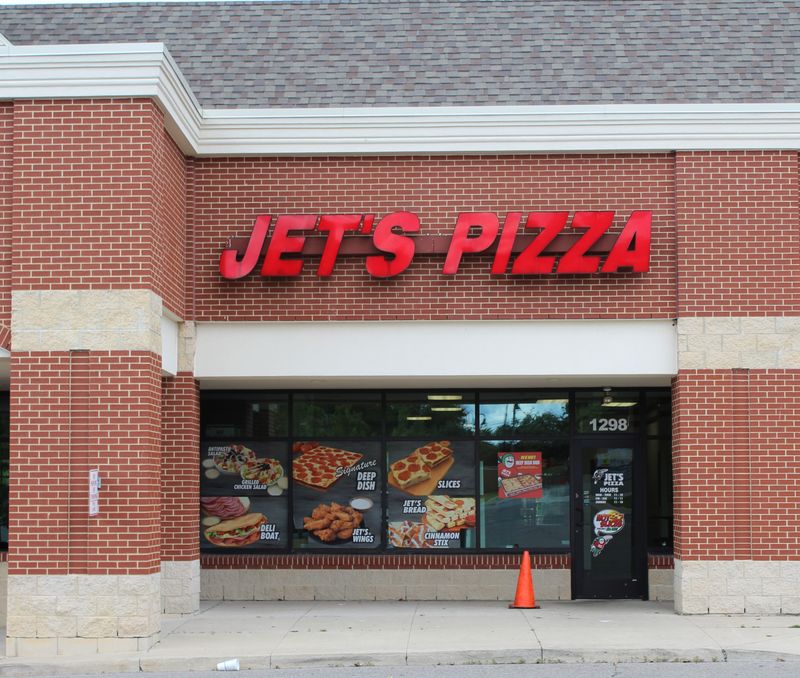
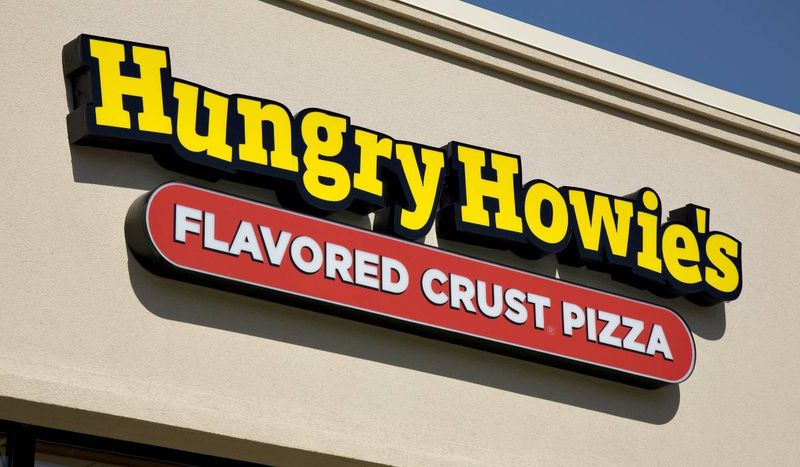
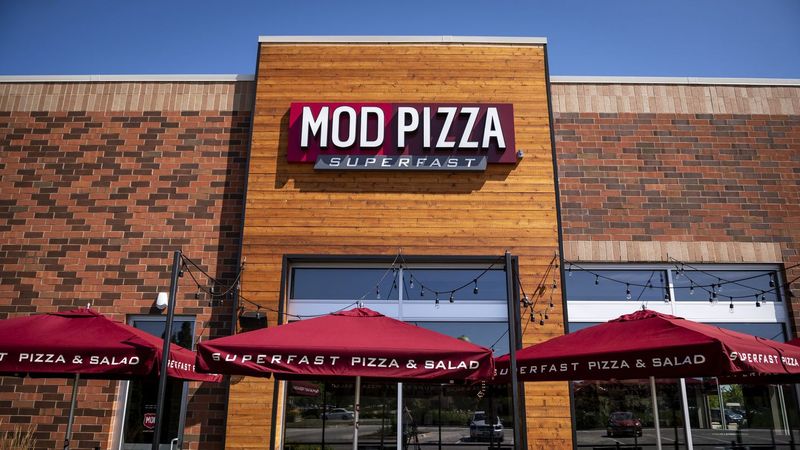
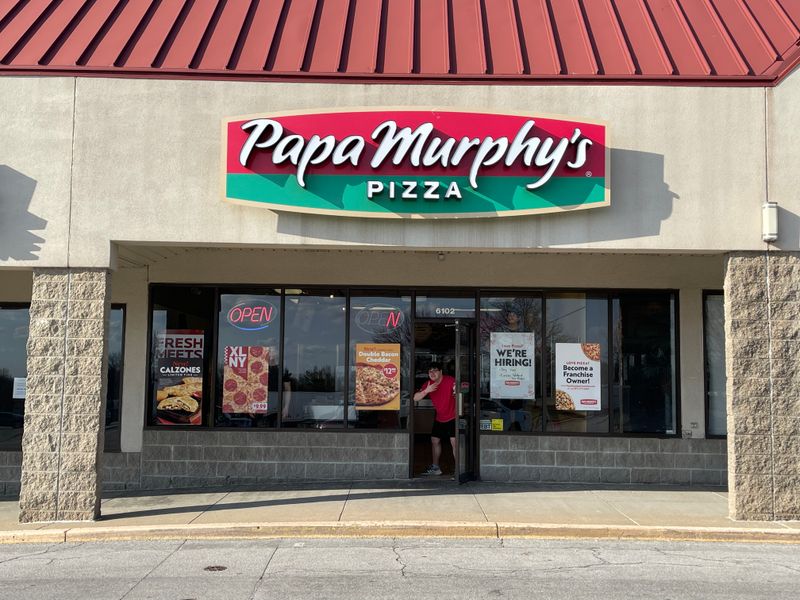
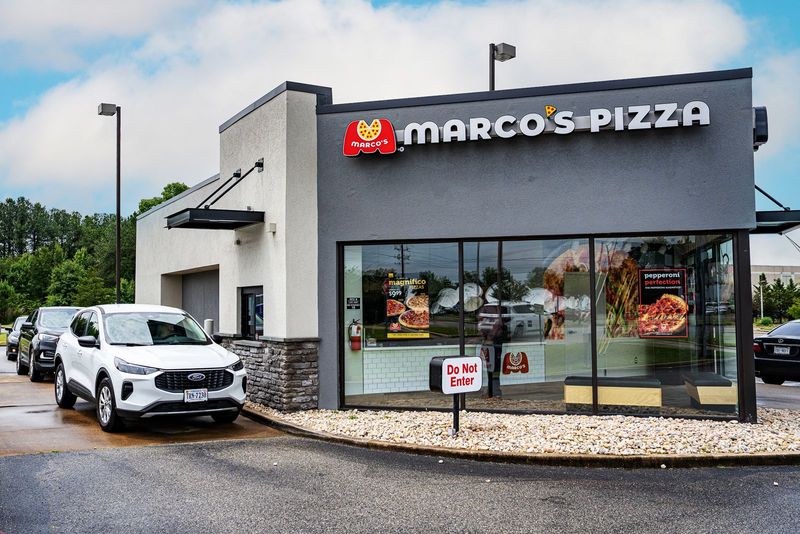
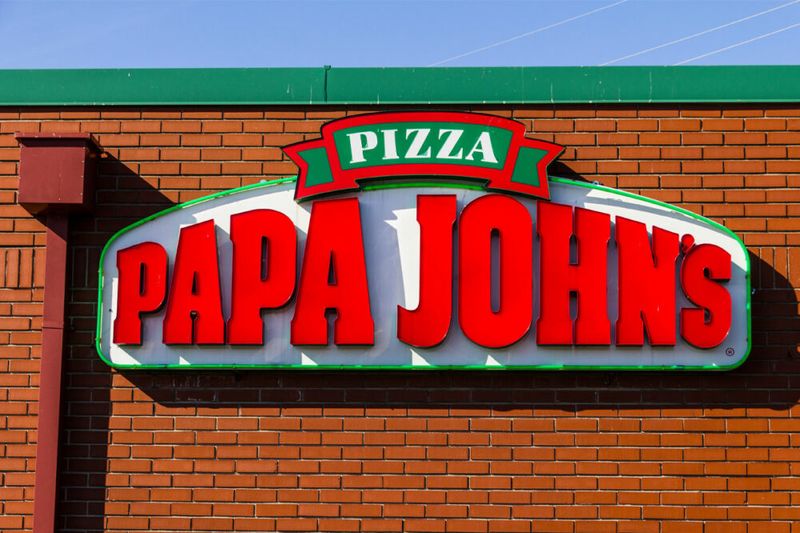
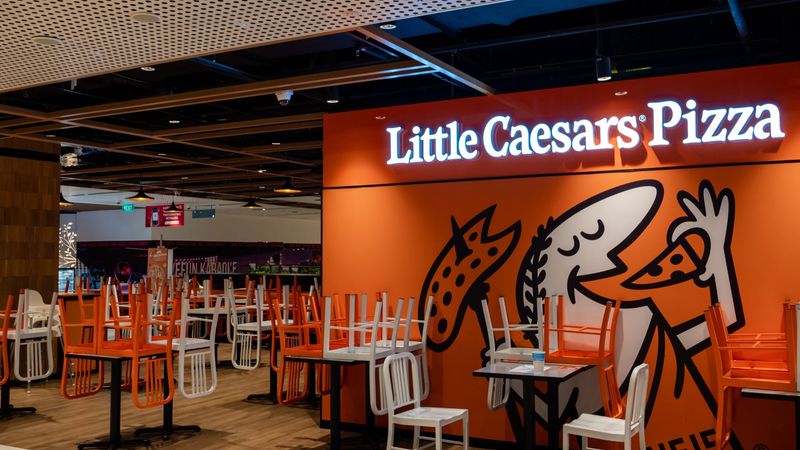
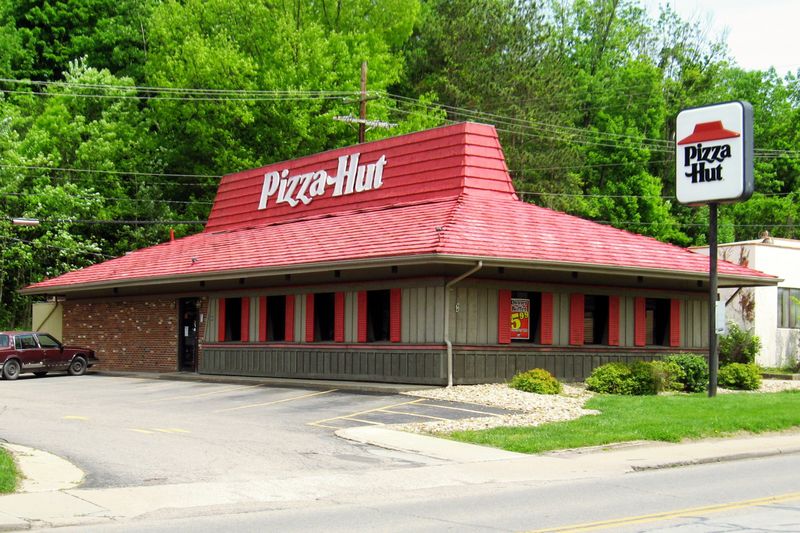
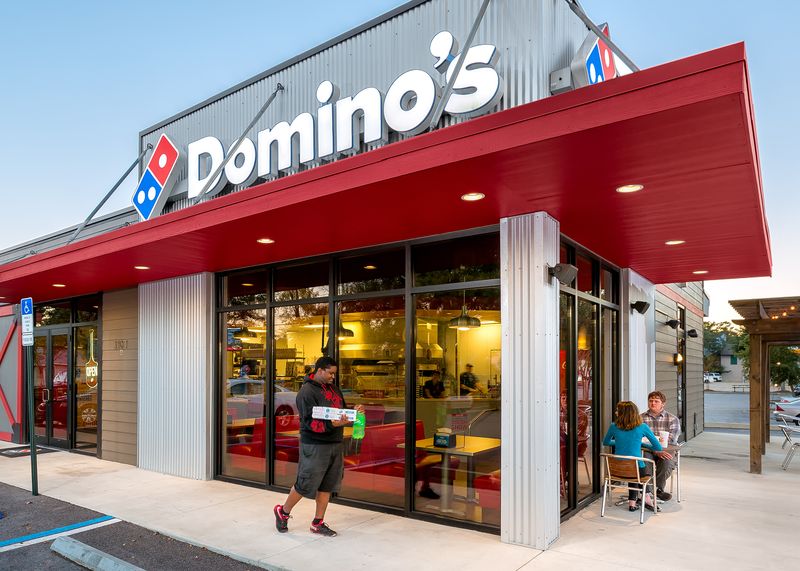
Leave a comment